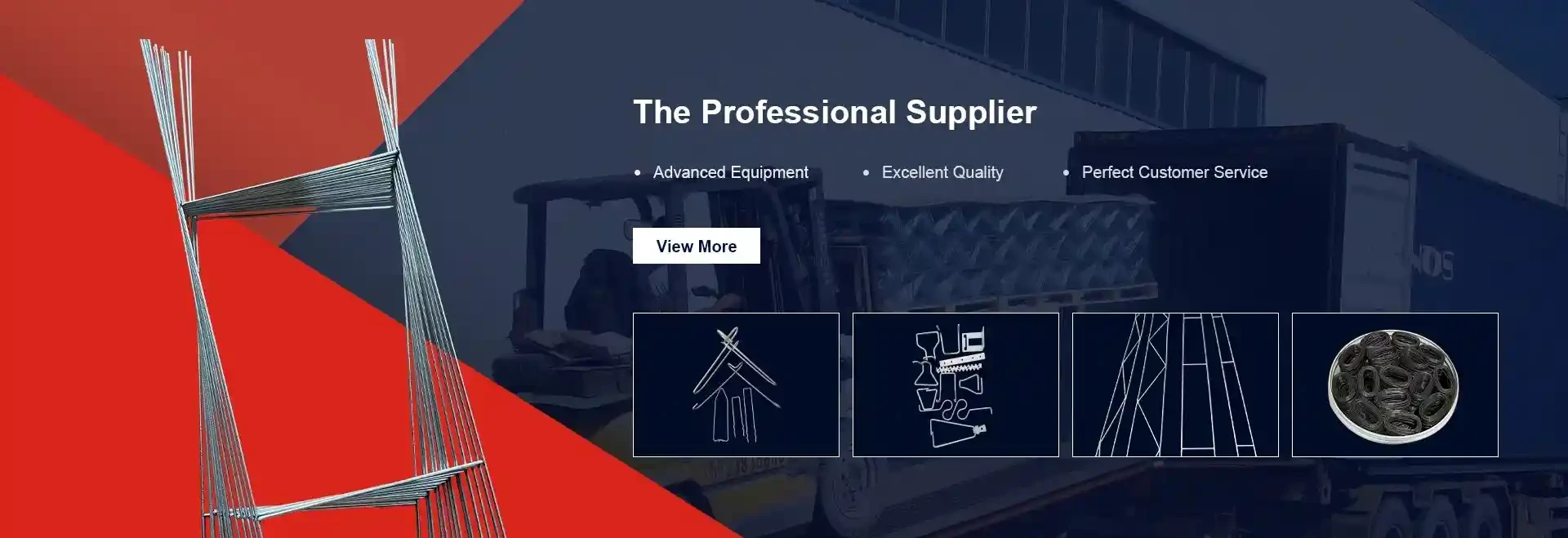
- Mobile Phone
- +8613931874955
- sales@cntcmetal.com
poultry net
The Rise of Poultry Net Transforming the Avian Farming Landscape
In recent years, the poultry industry has undergone significant transformations, driven by advancements in technology, changes in consumer demand, and growing concerns about sustainability. Among these innovations, the concept of poultry net has emerged as a game-changer for poultry farmers around the globe. This article delves into what poultry net is, its benefits, and its impact on avian farming practices.
Poultry net refers to specialized fencing systems designed specifically for the management of poultry flocks. Unlike traditional fencing, which can be cumbersome and expensive, poultry nets are lightweight, portable, and easy to install. They are typically made of durable materials that withstand the elements while providing a safe environment for poultry. The use of poultry nets allows farmers to create controlled environments that can effectively protect flocks from predators, such as foxes and raccoons, while also enabling better management practices.
One of the primary benefits of using poultry nets is the enhancement of flock safety. In many farming setups, free-range poultry are susceptible to attacks from predators, which can lead to significant losses. By implementing a poultry net system, farmers can create a secure perimeter around their flocks, reducing the risk of predation and allowing the birds to thrive in a more natural environment. This shift not only improves animal welfare but also boosts productivity, as healthier birds are more likely to produce quality eggs or meat.
Additionally, poultry nets offer remarkable flexibility for farmers. Unlike fixed pens or traditional coops, poultry nets can be easily installed and relocated, giving farmers the ability to rotate their flocks across different areas of their land. This practice, known as rotational grazing or pasture-raised poultry farming, is essential for maintaining soil health and preventing overgrazing. By moving the birds periodically, farmers can allow the land to recover, thereby promoting biodiversity and reducing the need for chemical fertilizers.
poultry net

Sustainability is another critical aspect where poultry nets shine. As consumers increasingly demand ethically produced and environmentally friendly products, poultry farmers are responding by adopting practices that align with these values. Poultry nets facilitate the implementation of sustainable farming practices by enabling farmers to raise their birds in a more natural setting. This approach not only improves the quality of the poultry products but also fosters a more diverse ecosystem on the farm.
Moreover, the integration of poultry nets into farming operations aligns with modern technological trends. Many poultry net systems are now equipped with smart technology, such as solar-powered electric fencing and remote monitoring systems. These advancements allow farmers to keep an eye on their flocks remotely, ensuring their safety and well-being without the need for constant physical presence. This not only saves time and labor but also reduces stress on both the farmers and the birds.
The rise of poultry nets also comes with economic advantages. By reducing losses due to predation and improving the overall health of the flock, poultry farmers can increase their returns on investment. While the initial setup cost for poultry nets may be a consideration, the long-term benefits can outweigh these expenses, making it a sound investment for those looking to modernize their operations.
In conclusion, poultry nets represent a significant step forward in the poultry farming industry. By enhancing safety, enabling sustainable practices, and introducing advanced technology, they offer a holistic solution that benefits both farmers and consumers. As the demand for ethically raised poultry continues to grow, the adoption of innovative systems like poultry nets will play a crucial role in shaping the future of avian farming. Embracing these advancements not only meets the needs of today’s consumers but also ensures the long-term viability of poultry farming as an essential component of global food production.
share:
-
Why Sacrificial Formwork Is Redefining Underground ConstructionNewsJun.06,2025
-
The Structural Dynamics of Modern Concrete: How Snake Spacers Revolutionize Flexible ReinforcementNewsJun.06,2025
-
Snake Spacers Smart-Lock Concrete Reinforcement with Surgical PrecisionNewsJun.06,2025
-
Snake Spacers: Reinforcement Precision for Modern Concrete ProjectsNewsJun.06,2025
-
Snake Spacers Powering Concrete's Structural DNANewsJun.06,2025
-
Slither into Success: Snake Spacers' Precision Bite for Unbreakable ReinforcementNewsJun.06,2025
-
Sacrificial Formwork: Building Stronger, Faster, and Safer StructuresNewsJun.06,2025



















